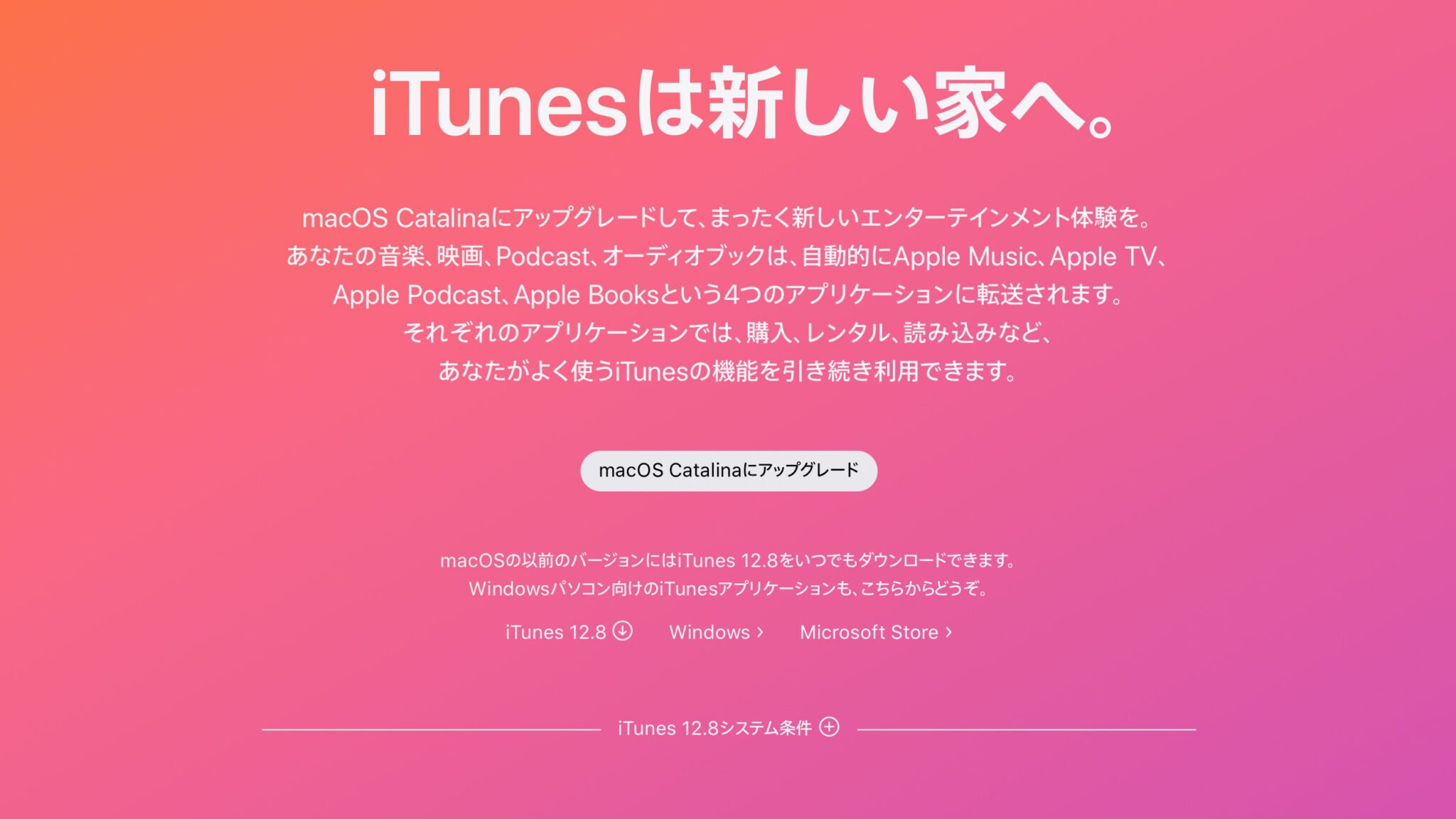
Now they just sit on your Mac, consuming valuable storage space.
#Itunes for macos big sur how to#
How to remove iTunes-related files with TerminalĪfter the uninstallation, iTunes left behind all files it needed to work properly. It wasn’t easy, but you did it! Still, enthused to remove iTunes-related files? Let’s do it. Launch Terminal, type csrutil enable and press the Return key to enable System Integrity Protection
#Itunes for macos big sur mac#
Note: This is an important step to keep your Mac protectedġ2. Boot again into Recovery Mode (hold Cmd + R while powering up). Type sudo rm -rf iTunes.app/ and press the Return key to delete iTunesġ1. Type sudo mount -uw/System/Applications and press the Return key to mount the folder as writableĩ. Type cd/Applications/ and press the Return key to access the Applications folderħ. Important: disabling SIP puts your Mac at considerably higher risk of malware attackĦ. Next, in the Terminal, type csrutil disable and press the Return key to disable the System Integrity protection. From the menu bar, select Utilities > Terminal to open the Terminal in Recovery modeĥ. Boot your Mac into Recovery mode by holding Cmd + R while it powers onĤ. In Activity Monitor, double-click iTunesHelper. From the Utilities folder, launch Activity Monitorģ. Go to the Finder, select Applications in the left sidebar, and double-click the Utilities folderĢ. Put simply, you will have blank playlists and an empty music library.ġ. Note that this complete removal will reset iTunes to its default state when it’s reinstalled. If you’re not a tech-savvy user, skip to the next section, where you can learn how to automatically uninstall iTunes in just a few clicks. This involves manually removing the app itself as well as the libraries, preferences, and other files related to it. If you can't get rid of iTunes with a macOS update, you might be able to completely uninstall iTunes by manually removing files instead. If you are really attached to your current version of macOS, read on for alternative ways to remove iTunes.
#Itunes for macos big sur update#
It’s time to update your current macOS and switch to Apple Music instead.īy updating your macOS to macOS Monterey - Apple’s latest release - you will remove iTunes and make your Mac safer. Speaking of which, why is it still there? The latest macOS supporting iTunes was released in 2018. With Apple dropping support for iTunes, you no longer need to keep it on your Mac. Data management and synchronization of iPhone, iPad, and iPod touch migrated to the Finder. Since then, all media content is handled by dedicated apps: Apple Music, Apple TV, Apple Books, and Apple Podcasts. The reason for poor iTunes performance is simple-Apple no longer supports it.Īpple removed iTunes from macOS Catalina. Removing iTunes-related files with Terminalīefore we go into the details of iTunes uninstallation, let’s discuss why the app crashes and freezes in the first place.Is there a way around it? Of course! If you think iTunes has outstayed its welcome on your Mac, follow our guide to uninstall it.

“iTunes can’t be modified or deleted because it’s required by macOS.” But the minute you try it, a message pops up: Unless you’re into abrasive electronic music, neither freezes nor crashes improve your listening experience.

You’ve been doing it for years until iTunes started acting up.

While Apple Music is a subscription service, you don’t need to sign up for anything to use the app.There’s not much better than playing your favorite tunes on your favorite device. Plus, Apple has started several streaming services to compete with Spotify and Netflix. Now that each app is focused on one media type, they will all load faster.

Apple made this change for several reasons. With the recent release of macOS Catalina, Apple has broken down the iTunes app into four apps: Music, TV, Podcasts, and Books. Where to Find Your Media in macOS Catalina When you update, the new operating system will check the data already stored on the app and move your media to the new apps automatically. You don’t need to do anything to your iTunes library before updating to Catalina. But where is your iTunes music? And how do you sync your media from the Apple Music app? What to Do With iTunes Before Updating to macOS Catalina Your music and videos are still on your device, you will simply need to use different apps to access them. When you update to macOS Catalina, don’t panic when you can’t find iTunes. After 18 years, iTunes has been replaced with a new app called Apple Music.


 0 kommentar(er)
0 kommentar(er)
